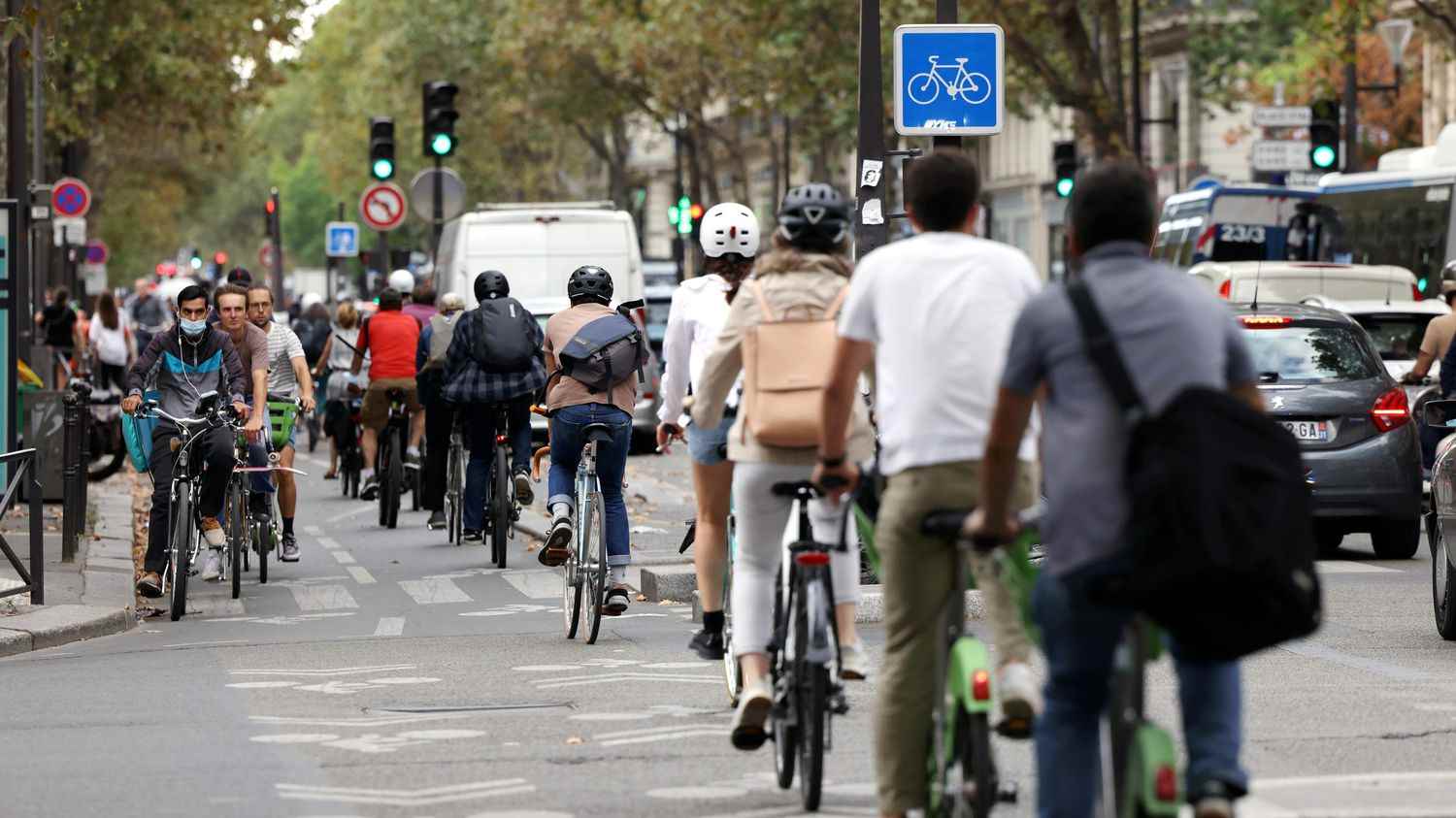More than 13,000 passages at the end of the day: in front of the figures which parade at full speed on the bicycle counter installed on the cycle path of the boulevard de Sébastopol, the busiest in Paris, Benoît sighs. His short journey between his office and his home has become a pain: “Too many people! And the crossings are all saturated!” Last Tuesday, the axis had its record attendance on two wheels, with 18,000 passages in both directions.
This is confirmed year after year, the French plebiscite, as in Germany, Japan or Belgium, the use of the bicycle which exploded with the health crisis. Bicycle use increased by 11% in the first nine months of 2022 compared to 2021, 33% compared to 2019, i.e. before the pandemic. This is revealed by the barometer of the Vélo & Territoires network published on Wednesday 7 September. An increase in urban areas, particularly in large cities such as Strasbourg, Grenoble, Nantes, Lille, and Paris, therefore.
Cohabitation is very complicated with high-speed scooters and new cyclists, summarizes Nathalie:
“It’s war! There is nervousness, aggressiveness, as with cars… We end up reproducing the same aggressive behavior, the same intolerance.”
Natalie, cyclistat franceinfo
This same street, Jean, an experienced cyclist, takes it for fear of an accident. “It was because I had an appointment in the neighborhood that I had to take her, he explains. The flow is both ways, and we have a pack coming at us because people want to overtake. As not everyone has the same speed, I find it really dangerous.”
The development of cycle paths remains problematic, according to Olivier Schneider, president of the French Federation of Bicycle Users:
“We must support communities to make more cycle paths, but above all that they constitute real secure and continuous networks.”
Olivier Schneider, FFUBat franceinfo
According to the FFUB, today more than half of French people would like to travel by bike for short distances. However, if more than 50% of trips in France are less than five kilometers, the use of the bicycle is 4%, still far from the objective of the bicycle plan adopted in 2018 which is 9%.
Transport: the limits of cycling in the city – Report by Sandrine Etoa-Andegue
to listen
